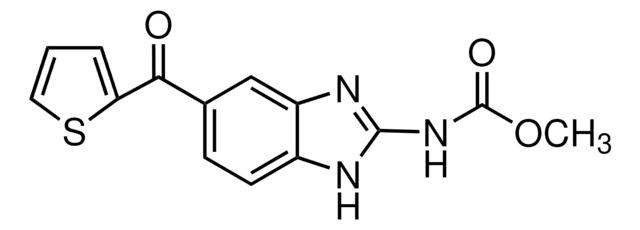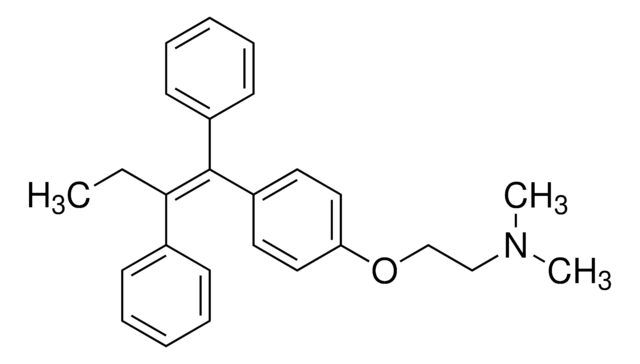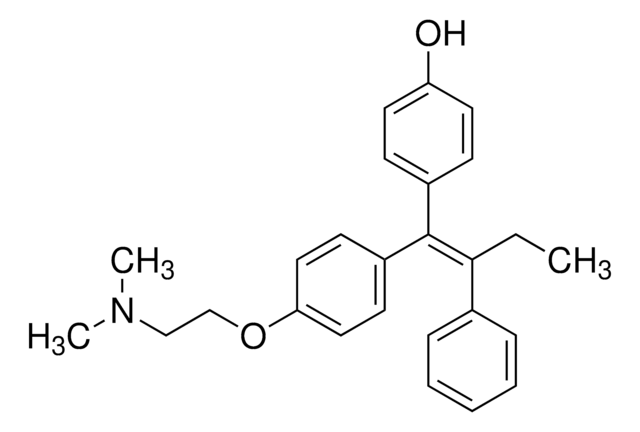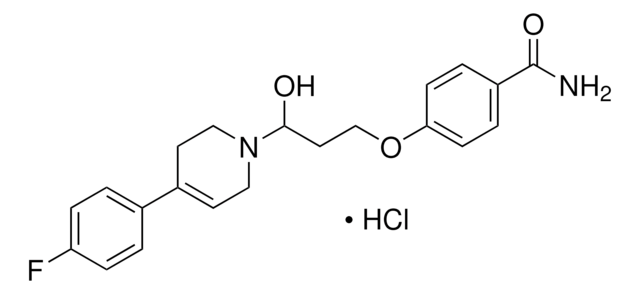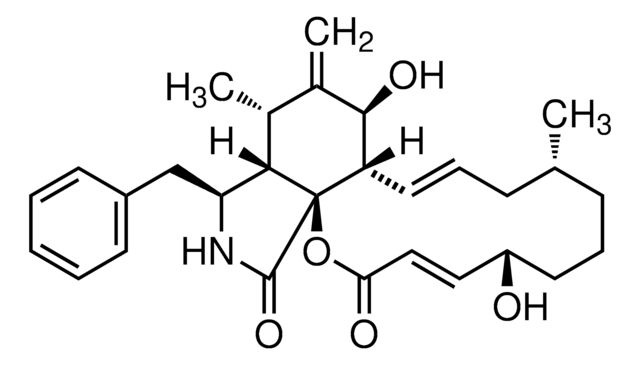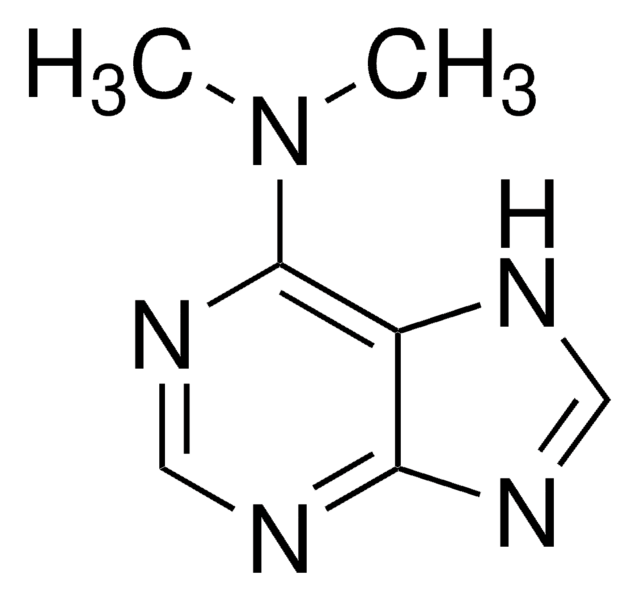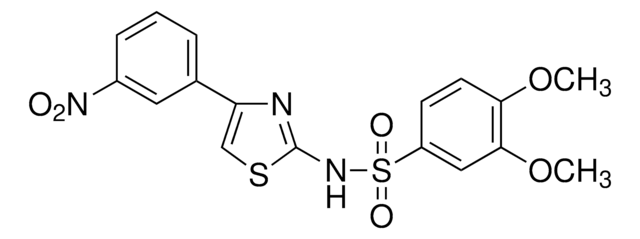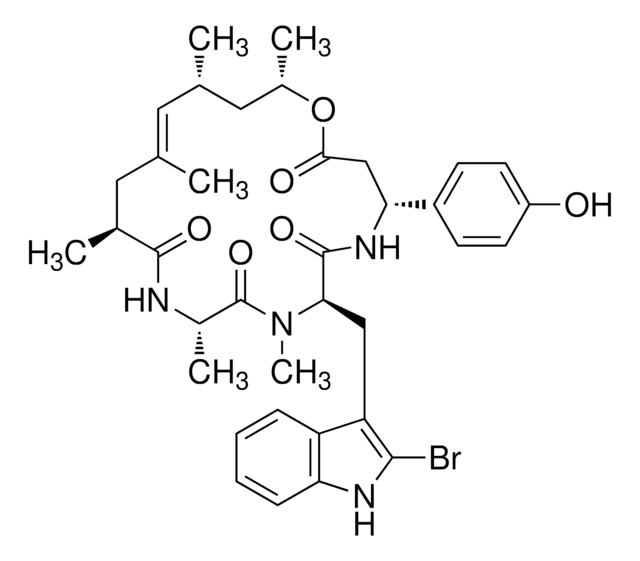I119
Indatraline hydrochloride
solid
Synonym(s):
(±)-trans-3-(3,4-Dichlorophenyl)-N-methyl-1-indanamine hydrochloride, Lu 19-005
About This Item
Recommended Products
form
solid
Quality Level
color
white
solubility
H2O: 2 mg/mL
storage temp.
2-8°C
SMILES string
Cl.CN[C@@H]1C[C@@H](c2ccc(Cl)c(Cl)c2)c3ccccc13
InChI
1S/C16H15Cl2N.ClH/c1-19-16-9-13(11-4-2-3-5-12(11)16)10-6-7-14(17)15(18)8-10;/h2-8,13,16,19H,9H2,1H3;1H/t13-,16+;/m0./s1
InChI key
QICQDZXGZOVTEF-MELYUZJYSA-N
Gene Information
human ... DRD1(1812) , DRD2(1813) , DRD3(1814) , DRD4(1815) , DRD5(1816) , HTR1A(3350) , HTR1B(3351) , HTR1D(3352) , HTR1E(3354) , HTR1F(3355) , HTR2A(3356) , HTR2B(3357) , HTR2C(3358) , HTR3A(3359) , HTR3B(9177) , HTR3C(170572) , HTR3D(200909) , HTR3E(285242) , HTR4(3360) , HTR5A(3361) , HTR5B(645694) , HTR6(3362) , HTR7(3363)
Application
- as a competitive inhibitor of 3H-dopamine ([3H]DA) to study its effects on trans-activator of transcription (Tat) protein on cocaine-induced inhibition of uptake of [3H]DA
- as a dopamine transport blocker to study its effects on trace amine-associated receptor 1 (TAAR1)-transfected mice cells
- as a nonselective monoamine transport inhibitor to study its anti-angiogenic activities in glioblastoma multiforme (GBM)
Biochem/physiol Actions
Features and Benefits
Legal Information
Signal Word
Warning
Hazard Statements
Precautionary Statements
Hazard Classifications
Aquatic Acute 1 - Aquatic Chronic 1
Storage Class Code
11 - Combustible Solids
WGK
WGK 3
Flash Point(F)
Not applicable
Flash Point(C)
Not applicable
Personal Protective Equipment
Choose from one of the most recent versions:
Certificates of Analysis (COA)
Don't see the Right Version?
If you require a particular version, you can look up a specific certificate by the Lot or Batch number.
Already Own This Product?
Find documentation for the products that you have recently purchased in the Document Library.
Our team of scientists has experience in all areas of research including Life Science, Material Science, Chemical Synthesis, Chromatography, Analytical and many others.
Contact Technical Service
